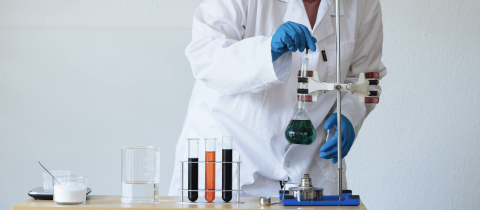Back in the 1930s a flower merchant with a greenhouse full of carnations got worried when the weather forecast called for extremely cold temperatures. So he placed a kerosene burner in the greenhouse and confidently went to bed. When he woke up in the morning, he was devastated. The carnations had all withered and were unusable. This severe financial blow caused him to seek scientific advice but nobody seemed to know what had happened until the gases produced when kerosene burned were analyzed. One of the gases produced was ethylene, which turned out to be a plant hormone. This was the chemical, produced by plants, that stimulates the breakdown of chlorophyll, the synthesis of pigments like lycopene, the buildup of sugars and acids and the softening of plant tissue by the enzyme polygalacturonase.
When this was discovered, the solution to another mystery became apparent. When first harvested, lemons are often too green to be acceptable in the marketplace. In order to hasten the development of a uniform yellow color, lemon growers used to store newly-harvested lemons in sheds kept warm with kerosene stoves. The heat was believed to hasten ripening. But when one grower tried a more modern heating system, he found that his lemons no longer turned yellow on time. With the discovery of ethylene release from burning kerosene, this now made sense. The ripening process was triggered by heat, but by the small amount of ethylene gas given off by the burning kerosene. Today some fruits and vegetables are picked when they are still green and are gassed to ripen them. Alarmists scare people by telling them that that their produce is being gassed with “chemicals.” What they don’t mention is that this is the same chemical that plants produce naturally during the maturing process.
Since the carnation tragedy of the 30s, a great deal has been learned about keeping carnations fresh. They are kept away from any other ethylene producing plants and are also treated with a preservative solution to kill bacteria which can attack the stem and block the channels that deliver water. Commercial preservative solutions contain about 3% sugar which serves as food, 200 ppm of 8-hydroxyquinoline citrate and silver thiosulphate (STS). A home solution can be made with half a tablespoon of sugar and one teaspoon of bleach in half a liter of water. That will serve well for carnations and roses. But just be sure you keep your flowers away from any ripening bananas or other fruits because you don’t want to experience an ethylene tragedy like the one that took place in the 1930s.







